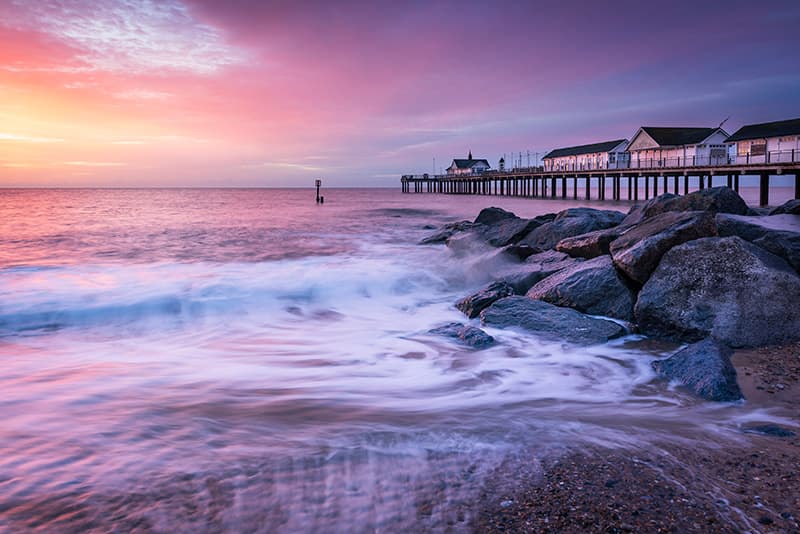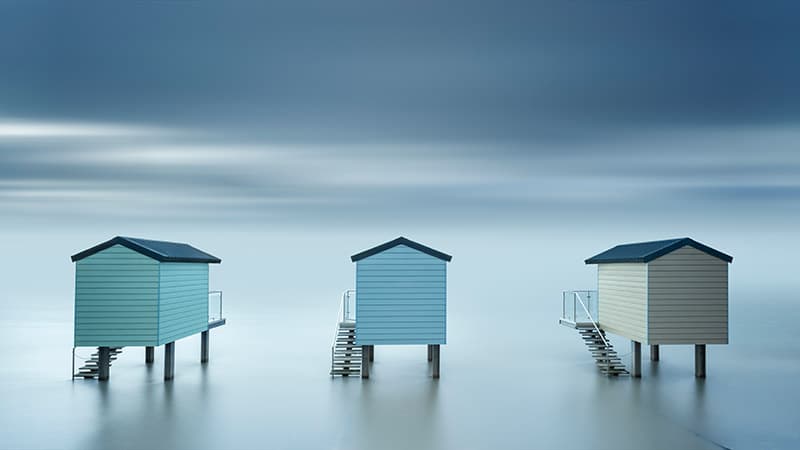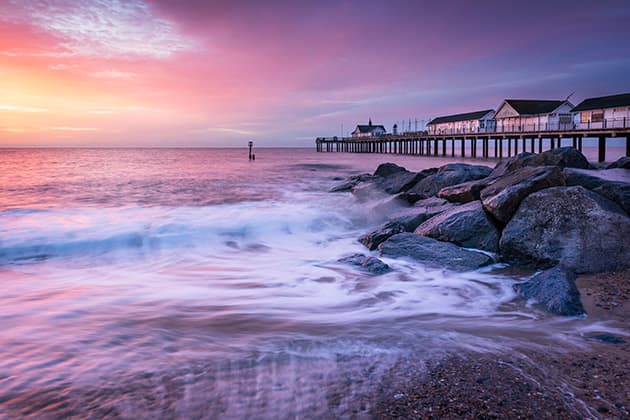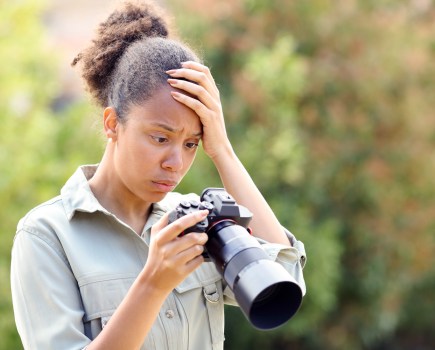
Credit: Paul Mitchell
1. Composition
They say that rules are meant to be broken, but the rule of thirds is still probably the most useful way to achieve an aesthetically pleasing composition. Most cameras will allow you to place a grid on either the viewfinder or viewing screen. Pay close attention to what is happening on the intersection points of that grid and how the foreground and background elements relate to the nine areas.
2. White balance
I always try to encourage clients to move away from using auto white balance as it is invariably inconsistent and, in the majority of cases, will add an unappealing blue cast. I tend to find that the ‘daylight’ or ‘cloudy’ setting is better suited for landscapes. Of course if you are shooting raw, you always have the option to change it post-capture.

Credit: Paul Mitchell
3. Stay local
Very often, people travel far and wide for images but forget what possibilities exist on their own doorstep. Study OS maps of your local area and make note of local woodlands, heathlands and public footpaths running through open countryside. Having somewhere local also gives you the advantage of reacting quickly to the changing weather conditions and certain times of the day.
4. Be creative with depth of field
Add perceived depth to your images by using a wide aperture. This technique works particularly well in woodlands, where you can isolate an individual tree or branch by having a soft background. I often make one image at f/11 and another at f/2.8 and decide which I prefer later.

Credit: Paul Mitchell
5. Be weather wise
Become an avid weather watcher and try to predict what the conditions are likely to be. A passing weather front could herald a good sunrise or sunset, for example. High pressure, clearing skies and light winds could be a recipe for mist or fog. The weather can be unpredictable, which is why I refer to a selection of weather apps and combine the relevant information.
6. Choice of focal length
Most people’s initial response to landscapes is to use a wideangle lens as this pretty much replicates what they see. This can be an advantage when at the coast or in the open countryside. Using a longer focal length can help isolate parts of the landscape, especially if there are distractions such as over-bright areas. They can also compress elements within a scene, creating patterns and rhythm.

Credit: Paul Mitchell
7. Aspect ratios
Try to break away from the usual 2:3 aspect ratio. I find that 2:3 works well for straight landscape images but don’t discount 16:9 for a slightly wider, panoramic feel. I sometimes use a Micro Four Thirds camera, which has a 4:3 ratio, which is perfect for portrait-orientated landscapes. The square or 1:1 ratio is ideal for bold graphic images that include centrally placed elements.
Kit list
- Geared head Geared heads allow for precise, incremental, three-way movements which allow me to fine-tune a composition without having the additional task of tightening the head.
- L bracket I’ve only had one for a short while but using it has been a revelation. It enables you to quickly swap between landscape and portrait mode and keep the centre of gravity central to the tripod, essential when using a heavy lens.
- Viewing frame Walking around with a simple viewing frame (can easily be made from black card) can be a quick and easy way to determine a potential composition without unpacking your full kit.
Paul Mitchell specialises in landscape and woodland photography and is a Fellow of the Royal Photographic Society. His award-winning images have featured in many publications and books.
Spring officially starts in mid-March and ends in mid-June. This time period can encompass the last throws of winter to blazing summer days, thus giving the photographer some of the most diverse photographic opportunities of the year. This change is most notable in the open landscape, woodlands and coastal margins. Weather conditions in spring can also be very unpredictable and one can often experience four seasons in one day. As most landscape photographers can testify, the longer days also mark the return of that dreaded early morning alarm call.







